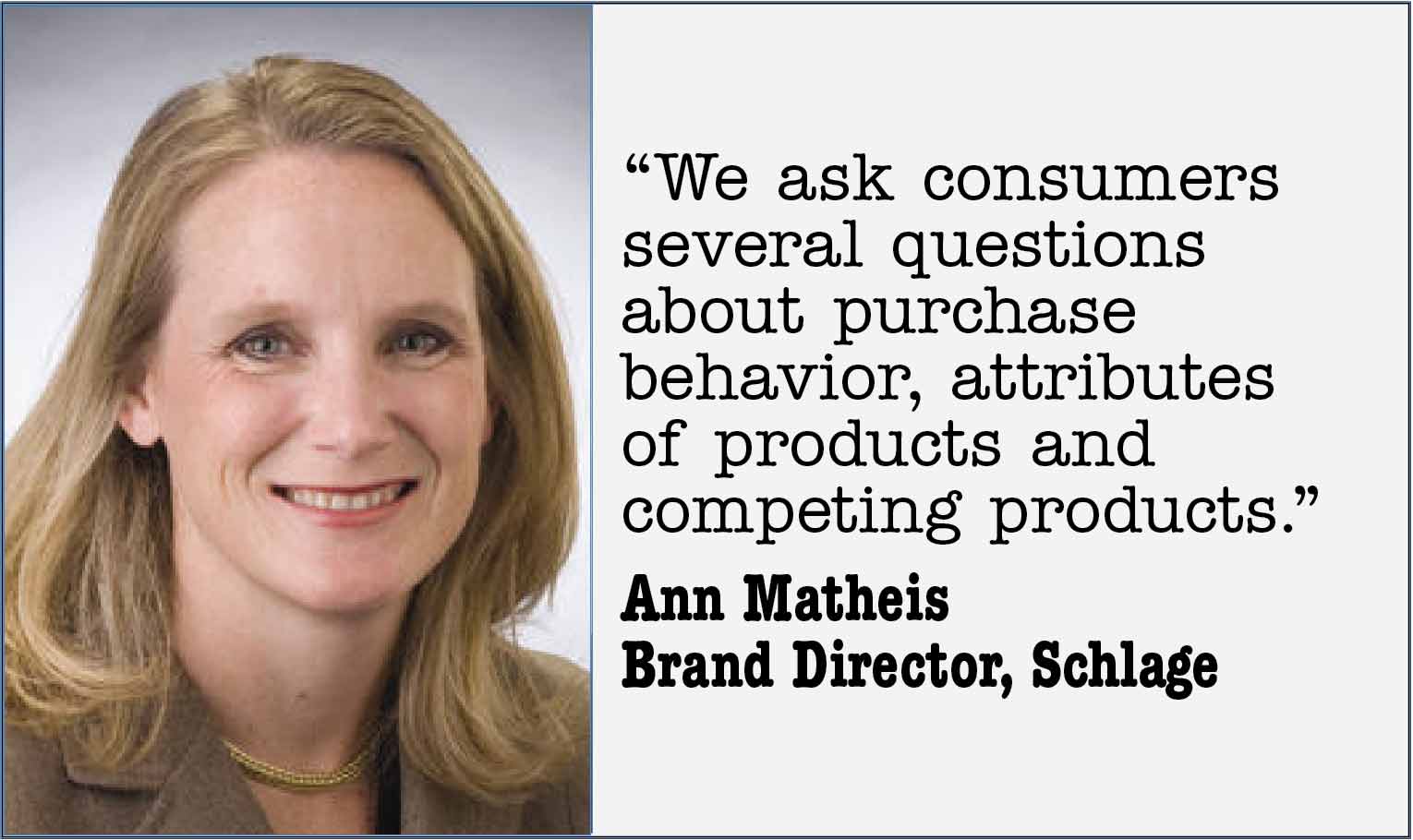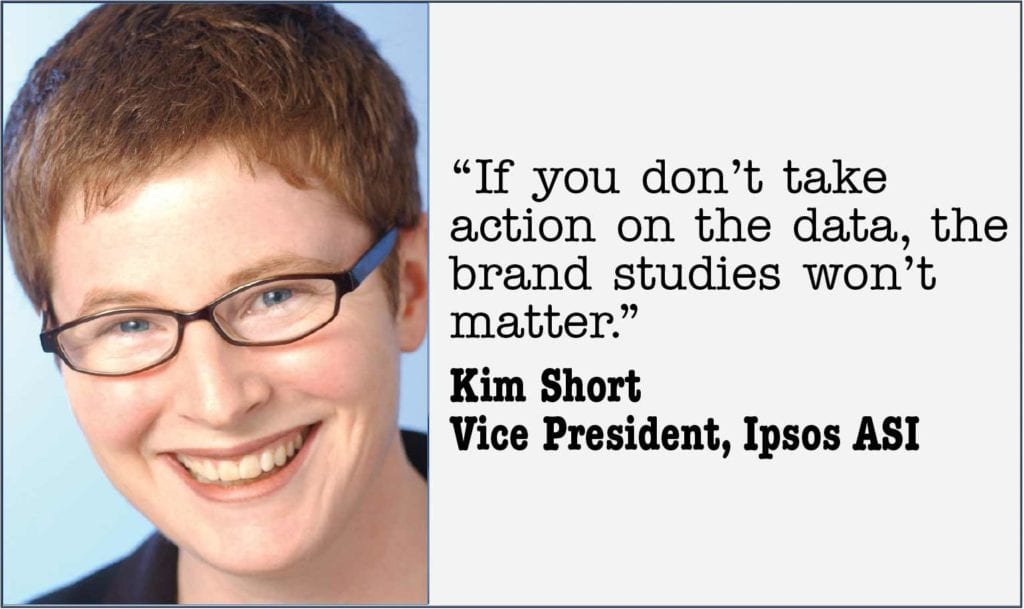Facebook has been wounded. While the social network is not going away by any means (it has 900 million active members worldwide, mind you), it is definitely walking with a limp after its disappointing IPO.
Consider that a May 2012 poll from Reuters finds that privacy is no longer Facebook’s biggest worry—it’s irrelevance in the marketplace. The survey of users found that 34% of them spend less time on the site than they did half a year ago. Those among the 34% described Facebook as “boring,” “not relevant” or just “not useful.” Privacy concerns ranked third on the list.
All of a sudden, people who loved and admired Facebook aren’t as enamored anymore—which means bad repercussions for the brand. In fact, brand consultancy Brand Keys, in its annual Customer Loyalty Index study, found that the brand equity score for Facebook had declined by 7% since February 2012, when it was the top-ranking player in its sector. Now Facebook currently occupies fifth place in the charts, trailing YouTube, Twitter, Pinterest and LinkedIn.
According to the study, Facebook’s “self-image” rating fell by 11%, hit hard by complications surrounding the company’s stock market flotation. Its “trust and security” total also slipped by 20%.
Facebook wasn’t the only social brand that took a hit in the study: Google+ fell from the fifth spot to eighth in the charts, reflecting pessimism regarding its progress.
There is no doubt that in today’s volatile business environment, brand equity—or brand health from a purely PR/marketing perspective—is critical. And being able to measure and take a brand’s temperature is a necessary component of keeping a brand healthy. PR plays an essential role in this, says Katie Paine, CEO, KDPaine & Partners. “The better the relationships, the better the brand health and reputation,” she says.
WHAT PEOPLE THINK
Brand health starts with stakeholders, says Paine. It’s determined by what people think about you: Do they trust you? Are they committed to your brand? Are they satisfied?
Paine says checking brand health is much the same as the medical kind. There’s feeling someone’s forehead (that’s social media listening); taking a temperature (media analysis or perhaps a survey); and an MRI (all three approaches combined). The trouble is many organizations, says Paine, exist in a bubble and don’t understand what their brand means before they launch a product or service.
REGULAR BRAND TRACKING
 |
But for the most part, the bigger brands get it right, backed by plenty of brand research that’s done on a regular basis. At Schlage , the locks and security division of Ingersoll Rand, the communications team does a monthly brand tracker study, taking the pulse of consumers every month on their top-of-mind awareness, unaided awareness and brand preference, says Ann Matheis, brand director at Schlage. A yearly consumer study goes into more detail. “We ask several questions about purchase behavior, attributes of products and competing products,” she says.
These studies are augmented by ethnographic surveys—where researchers go into people’s homes and find out about ease of product installation and how the products are used.
And how do you make adjustments? Matheis says product attribute questions help in developing more effective packaging and product changes. “If ‘ease of installation’ is one of the top attributes for a product, we’d work to make sure that product was easy to install,” says Matheis.
Like Schlage, Brian Steinbach, marketing manager at Brita, the Clorox water filter systems brand, employs both long- and short-term brand studies.
The key metric for Brita is market share, because it clearly shows whether consumers are going to and staying with a brand, or are leaving for a competitor’s brand. Brita also benefits from a “brand equity tracker,” an annual insights study done by vendor Ipsos. “There’s an overall composite score driven by equity, category involvement and pricing metrics,” says Steinbach (see sidebar for more on the Ipsos brand equity model).
The trick is, you can’t just look at one piece of data to see how well you’re doing, says Steinbach.
Paine agrees with that assessment, which is why a purely social media study would be useless in determining a full picture of brand health. “Not everyone is on social media,” says Paine. In fact, research has shown that 90% of all conversations are offline. “What you are capturing, then is a distortion,” she says.
As for Facebook, Paine says it’s a fascinating study in brand health. Some companies, like Southwest Airlines, have built brand equity and goodwill, and seem nearly bulletproof from drop-off, she says. Facebook, on the other hand, hasn’t built up as much equity and trust along the way, and is paying for it now. “And that’s all related to communications, or lack thereof,” says Paine.
TAKE BRAND ACTION
 |
The test for Kim Short, VP at Ipsos ASI, who works with Clorox on its brand studies, is what action is taken based on the reams of data that are generated. “If you don’t take action on it, the brand studies won’t matter,” says Short.
Of course, many organizations lack the resources for big brand tracking studies, which is why when thinking about your brand, ask those aforementioned three questions about your stakeholders: Do they trust you? Are they committed to your brand? Are they satisfied? That, at the very least, will get you started toward better brand health. PRN
CONTACT:
Katie Paine, [email protected]; Brian Steinbach, [email protected]; Ann Matheis, [email protected], Kim Short, [email protected].
Follow Scott Van Camp: @svancamp01
